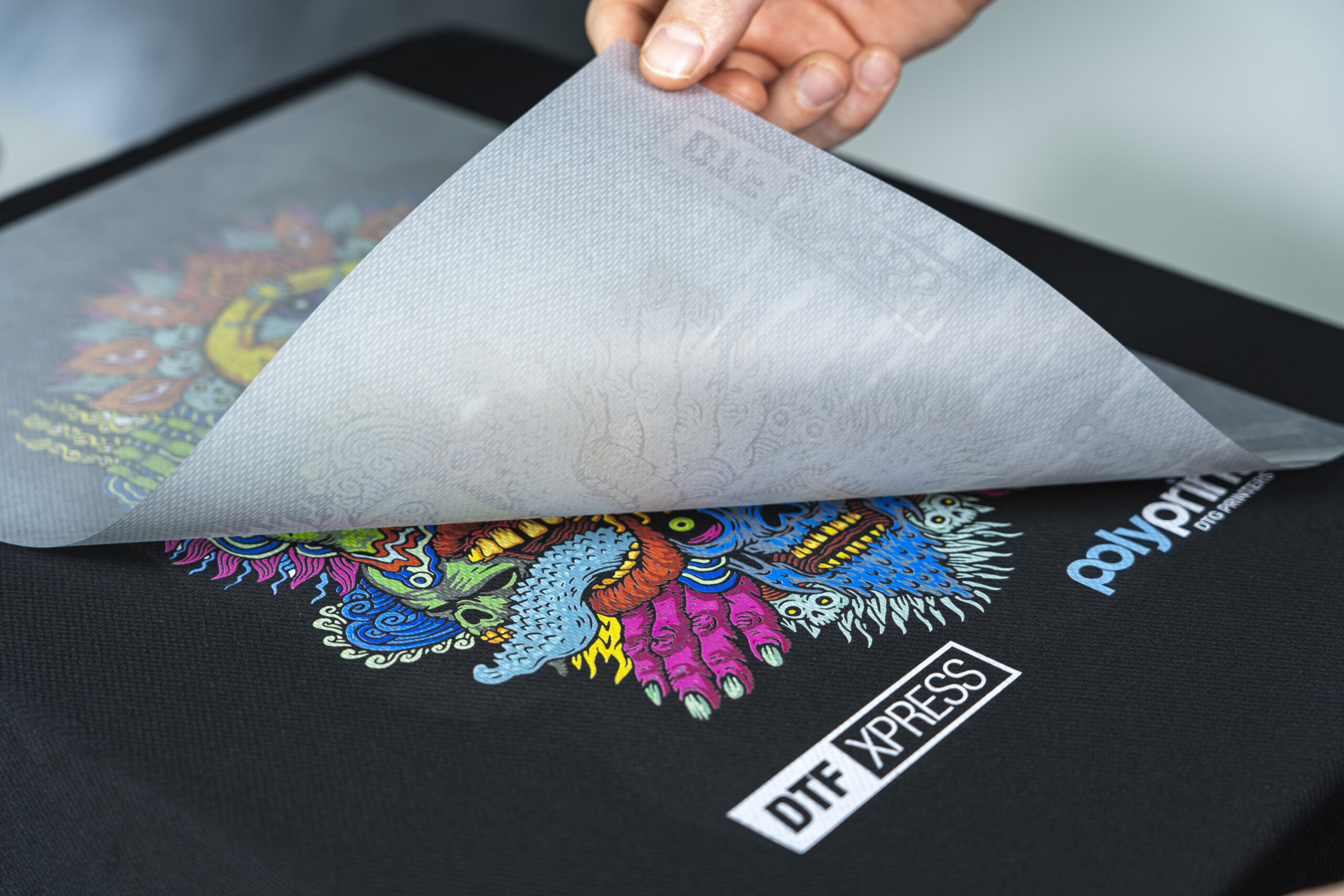
In the field of clothing printing, competitiveness depends on constant innovation. Emerging as a game-changing technology with a quick and flexible approach for garment decorating are direct-to-film (DTF) transfers. DTF transfers are transforming the sector with the capacity to create vivid, premium designs on many fabrics, including custom dtf transfers that cater to unique design needs. The benefits of DTF transfers—their printing technique, application flexibility, future possibilities—are discussed here.
Advantages of DTF Transfers
DTF transfers are among its most important advantages for their capacity to produce outstanding print quality. Sharp and vivid colors produced by DTF printing resist several washings without fading. For companies in the apparel industry trying to leave lasting impressions with their designs, this is absolutely vital. Furthermore, DTF transfers provide great durability so that prints stay whole even with great wear and tear. Production speed is another benefit. Often labor-intensive and requiring long setup times, traditional printing techniques, including screen printing, can be streamlining the printing process, DTF enables faster turnaround times.
The Printing Process
The DTF printing process consists of several important phases. First, using premium inks, the intended design is printed onto a specialist transfer film. Applying powder glue to the printed film comes second. The film is then heated to guarantee that the adhesive adheres firmly to the ink. At last, the movie is pushed onto the garment using a heat press so the design flows naturally onto the fabric. From cotton and polyester to mixes and even nylon, this procedure is readily modified for many kinds of clothing.
Application Versatility
DTF transfers are quite flexible and find use in many different fields. Custom clothing, promotional goods, and even small-batch manufacturing run demand for them. DTF transfers meet many purposes, whether designing elaborate patterns for fashion lines or basic logos for advertising apparel. Furthermore, DTF’s adaptability goes beyond different fabric kinds. T-shirts, hoodies, bags, and even sports uniforms may all be used with them, thus fitting for companies of all kinds and sizes.
In clothing printing technology, custom dtf transfers mark a major development. Companies trying to improve their services would find great value in their exceptional print quality, fast manufacturing capacity, and adaptability. DTF transfers are likely to remain the preferred method for quick and flexible printing as the market for personalized clothing keeps expanding. Adopting this cutting-edge technology would help clothing companies keep ahead of the competition and satisfy the changing wants of their consumers.



